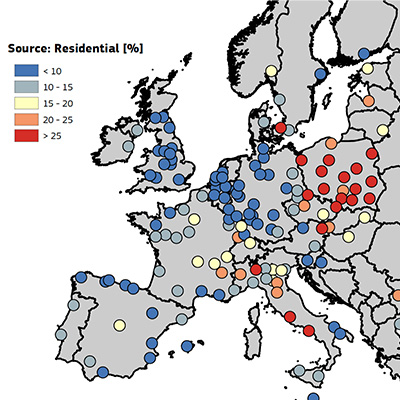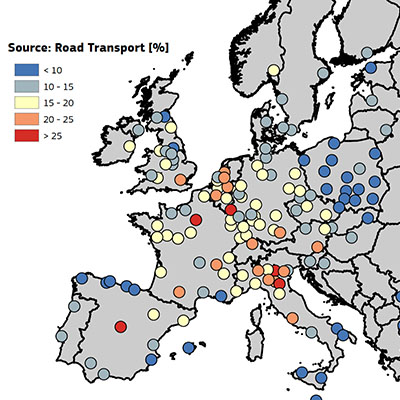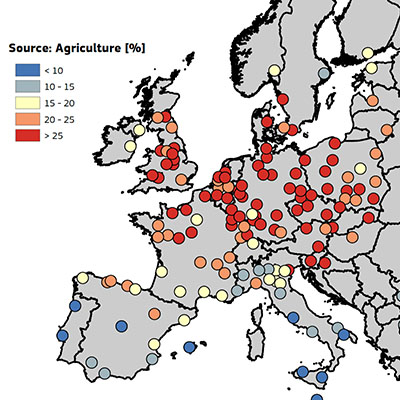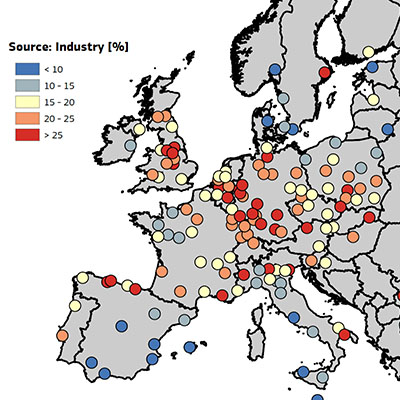The main sources of pollution: what their impact is
When it comes to pollution and fine dust, our thoughts immediately go to vehicle emissions. But are they really the only source or, at least, the main source of particulate matter emissions?
What are the main sources of pollution?
The main sources of pollution responsible for the formation of PM10 and PM2.5 in cities are the following:
- Residential heating, which includes the combustion processes of boilers, stoves, etc.;
- Transport, which includes emissions from cars and motorcycles, tire consumption, asphalt, and brakes;
- Agriculture, which includes livestock, fertilizers, and the incineration of waste materials;
- Industry, which includes industrial processes that cause emissions, industrial combustion, and energy production industries (thermal power plants, etc.);
- Nature, from desert dust and salt;
Limiting vehicle access to our city centres, which is usually the most commonly adopted measure when particulate thresholds are exceeded, certainly has a beneficial effect, but clearly does not solve the problem.
The main causes of pollution in cities
It is no coincidence that the Municipality of Milan is moving towards outlawing, from winter 2023, the use of oil-fired boilers. Indeed, residential and commercial heating in the Lombard city is the cause of just under 30% of the average annual concentration of PM2.5.
This situation is repeated in many Italian cities.
From 2000 to 2015, overall emissions in the EU-28 area of PM10 and PM2.5 fell by approximately 25%. However, this reduction was not uniform across all sectors causing pollution. Indeed, particulate emissions relating to residential, commercial and public heating increased by more than 10% in the decade from 2003 to 2012. We can consider that, among the causes of this difference, is the fact that while progress has been made in transport and industry, through the introduction of more stringent regulations, the heating sector has been less under the magnifying glass.




How much do home heating systems pollute?
The decision of the Municipality of Milan to outlaw the use of oil-fired boilers is the consequence of a greater awareness, and moves in the direction of targeted interventions to replace domestic heating systems with more modern systems that produce lower emissions, and guarantee greater energy efficiency.
Another direction of intervention that could have important implications is that of improving the energy efficiency of buildings, reducing heat losses that can lead to significant reductions in heating consumption and therefore emissions.
A third area of intervention, perhaps where we can act right away, is that of user awareness: a conscious use of energy and less waste can lead to savings of up to 5% (see RSE’s report on pollution in the Po area in Italy).
How to heat your home while polluting less
With this in mind, by keeping the temperature of your home to within the 21°C recommended by the World Health Organization, and reducing wasted heating by using a programmable thermostat, you can undoubtedly bring about a significant reduction emissions and cost.
Turning the heating on and off only when it is needed, and programming your thermostat to time bands with comfort and minimum settings allows you to burn much less fuel, and have your boiler on for much less time, with clear advantages in terms of cutting waste.
Taking these little tips on board is something each of us can do that can immediately have a positive impact on the environment.